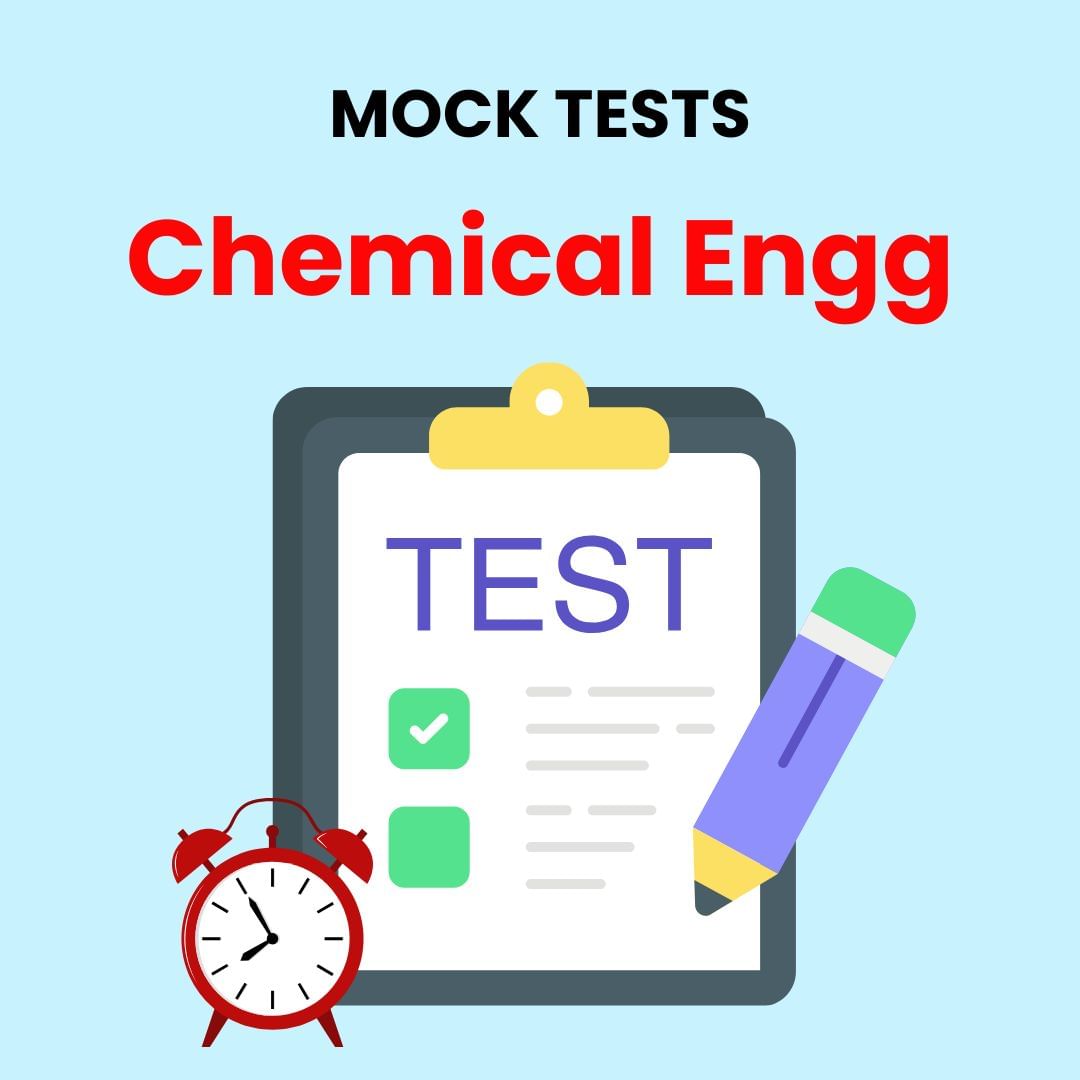Petrochemicals Overview | Chemical Technology - Chemical Engineering PDF Download
13.1 Introduction
- In this lecture, we present a brief overview of petrochemical technologies and discuss upon the general topology of the petrochemical process technologies.
- Petrochemicals refers to all those compounds that can be derived from the petroleum refinery products
- Typical feedstocks to petrochemical processes include
- C1 Compounds: Methane & Synthesis gas
- C2 Compounds: Ethylene and Acetylene
- C3 Compounds: Propylene
- C4 Compounds: Butanes and Butenes
- Aromatic Compounds: Benzene
- It can be seen that petrochemicals are produced from simple compounds such as methane, ethylene and acetylene but not multicomponent products such as naphtha, gas oil etc.
13.1.1 Definition : These are the chemicals that are made from petroleum and natural gas. Petroleum and natural gas are made up of hydrocarbon molecules, which comprises of one or more carbon atoms, to which hydrogen atoms are attached.
About 5 % of the oil and gas consumed each year is needed to make all the petrochemical products. Petrochemicals play an important role on our food, clothing, shelter and leisure. Because of low cost and easy availability, oil and natural gas are considered to be the main sources of raw materials for most petrochemicals.
13.1.2 Classification: Petrochemicals can be broadly classified into three categories
a. Light Petrochemicals: These are mainly used as bottled fuel and raw materials for other organic chemicals. The lightest of these -- methane, ethane and ethylene -- are gaseous at room temperature.The next lightest fractions comprise petroleum ether and light naphtha with boiling points between 80 and 190 degrees Fahrenheit.
b. Medium Petrochemicals: Hydrocarbons with 6 – 12 carbon atoms are called "gasoline", which are mainly used as automobile fuels. Octane, with eight carbons, is a particularly good automobile fuel, and is considered to be of high quality. Kerosene contains 12 to 15 carbons and is used in aviation fuels, and also as solvents for heating and lighting.
c. Heavy Petrochemicals: These can be generally categorized as diesel oil, heating oil and lubricating oil for engines and machinery. They contain around 15 and 18 carbon atoms with boiling points between 570 and 750 degrees Fahrenheit. The heaviest fractions of all are called "bitumens" and are used to surface roads or for waterproofing.
Bitumens can also be broken down into lighter hydrocarbons using a process called "cracking."
13.2 Process Topology
Reactors: Reactors are the most important units in petrochemical processes. Petrochemicals are manufactured by following simple reactions using relatively purer feedstocks. Therefore, reaction chemistry for petrochemicals manufacture is very well established from significant amount of research in this field. Essentially all petrochemical processes need to heavily depend upon chemical transformation to first product the purification.
Separation: With distillation being the most important unit operation to separate the unreacted feed and generated petrochemical product, the separation processes also play a major role in the process flow sheet. Where multiple series parallel reactions are involved, the separation process assumes a distillation sequence to separate all products from the feed. A characteristic feed recycle will be also existent in the process topology. Apart from this, other separation technologies used in petrochemical processing units include phase separators, gravity settling units and absorption columns. Therefore, the underlying physical principle behind all these separation technologies is well exploited to achieve the desired separation.
Dependence on Reaction pathway: A petrochemical can be produced in several ways from the same feedstock. This is based on the research conducted in the process chemistry. For instance, phenol can be produced using the following pathways
- Peroxidation of Cumene followed by hydrolysis of the peroxide
- Two stage oxidation of Toluene
- Chlorination of Benzene and hydrolysis of chloro-benzene
- Direct oxidation of Benzene
We can observe that in the above reaction schemes, there are two reaction pathways for phenol from benzene i.e., either chlorination of benzene or oxidation of benzene. Therefore, choosing the most appropriate technology for production is a trivial task.
Complexity in pathway: In the above Cumene example case, it is interesting to note that toluene hydrodealkylation produces benzene which can be used to produce phenol. Therefore, fundamentally toluene is required for the generation of various petrochemicals such as benzene and phenol. In other words, there is no hard and fast rule to say that a petrochemical is manufactured using a suggested route or a suggested intermediate petrochemical. Intermediate petrochemicals play a greater role in consolidating the manufacture of other downstream petrochemicals.
13.4 Manufacture of Methanol from Synthesis Gas
13.4.1 Introduction
- Synthesis gas is H2 + CO
- When synthesis gas is subjected to high pressure and moderate temperature conditions, it converts to methanol.
- Followed by this, the methanol is separated using a series of phase separators and distillation columns.
- The process technology is relatively simple
13.4.2 Reactions
- Desired: CO + 2H2 →CH3OH
- Side reactions: CO + 3H2 → CH4 + H2O
2CO + 2H2 →CH4 + CO2
- All above reactions are exothermic
- Undesired reaction: zCO + aH2 → alchohols + hydrocarbons
- Catalyst: Mixed catalyst made of oxides of Zn, Cr, Mn, Al.
13.4.3 Process Technology (Figure 13.1)
Figure 13.1 Flow sheet of manufacture of Methanol from Synthesis Gas
- H2 and CO adjusted to molar ratio of 2.25
- The mixture is compressed to 200 – 350 atms
- Recycle gas (Unreacted feed) is also mixed and sent to the compressor
- Then eventually the mixture is fed to a reactor. Steam is circulated in the heating tubes to maintain a temperature of 300 – 375 oC
- After reaction, the exit gases are cooled
- After cooling, phase separation is allowed. In this phase separation operation methanol and other high molecular weight compounds enter the liquid phase and unreacted feed is produced as the gas phase.
- The gas phase stream is purged to remove inert components and most of the gas stream is sent as a recycle to the reactor.
- The liquid stream is further depressurized to about 14 atms to enter a second phase separator that produces fuel gas as the gaseous product and the liquid stream bereft of the fuel gas components is rich of the methanol component.
- The liquid stream then enters a mixer fed with KMNO4 so as to remove traces of impurities such as ketones, aldehydes etc.
- Eventually, the liquid stream enters a distillation column that separates dimethyl ether as a top product.
- The bottom product from the first distillation column enters a fractionator that produces methanol, other high molecular weight alcohols and water as three different products.
13.4.4 Technical questions
1. Why pressure is not reduced for the first phase separator?
Ans: Methanol is separated out in the liquid stream by just cooling the reactor product stream. Therefore, since the separation is achieved physically, there is no need to reduce the pressure of the stream. Also, if pressure is reduced, then again so much pressure needs to be provided using the compressor.
2. Why the pressure is reduced to 14 atms for the phase separator?
Ans: The second phase separator is required to remove dissolved fuel gas components in the liquid stream at higher pressure. If this is not done, then methane will remain in the liquid stream and fractionators will produce methane rich ethers which don’t have value. Fuel gas on the other hand has value or it can be used as a fuel to generate steam in a boiler or furnace.
3. Why two compressors are used in the process flowsheet but not one?
Ans: The main compressor is the feed compressor where feed is compressed to 3000 – 5000 psi. The second compressor is for the recycle stream which is brought to the reactor inlet pressure conditions by taking into account the pressure losses in the reactor, cooler and phase separator.
4. How multiple products are obtained from a single distillation column?
Ans: This is an important question. Any distillation column consists of liquid reflux stream. A careful simulation of a distillation column using process simulators such as ASPEN or HYSYS or PRO II will give the liquid compositions at each tray. Using this information, one can exploit whether the intermediate liquid stream is having composition of any specific product. In such case, the liquid stream from the column can be taken out (as a pump around stream in the crude distillation column) and the balance could be cooled and sent back to a section above the distillation unit. Alternatively, without pump around also we can operate the column, but the basis of keeping pump around or not is based on the desired liquid reflux flow rates on the particular tray.
5. Can heat integration be carried out in the flowsheet?
Ans: Yes, the reactor product is at higher temperature and can be energy integrated with the feed stream after compression. This is also due to the fact that compression usually increases the temperature and feed stream can be subjected to further heating after compression.
6. From engineering perspective, what is the most difficult part in the process flow sheet
Ans: The design and operation of the high pressure reactor is the most difficult. To withstand such high pressure, thick walled reactor needs to be designed. Other materials of construction need to be as well looked into for safeguarding the long term shelf life of the reactor.
|
69 videos|121 docs
|
FAQs on Petrochemicals Overview - Chemical Technology - Chemical Engineering
| 1. What are petrochemicals and why are they important in chemical engineering? |  |
| 2. How are petrochemicals produced? |  |
| 3. What are the environmental concerns associated with petrochemical production? |  |
| 4. What are the potential health risks associated with exposure to petrochemicals? |  |
| 5. How can the petrochemical industry contribute to a more sustainable future? |  |































